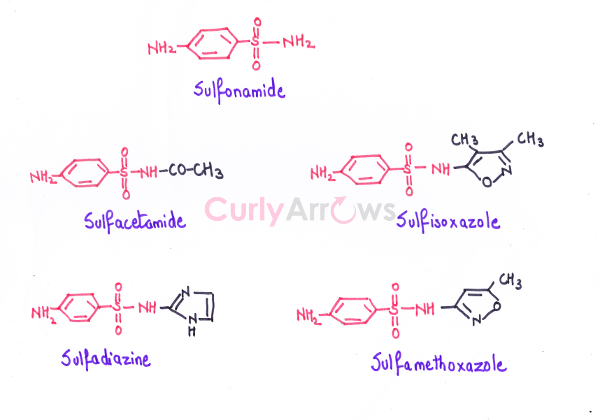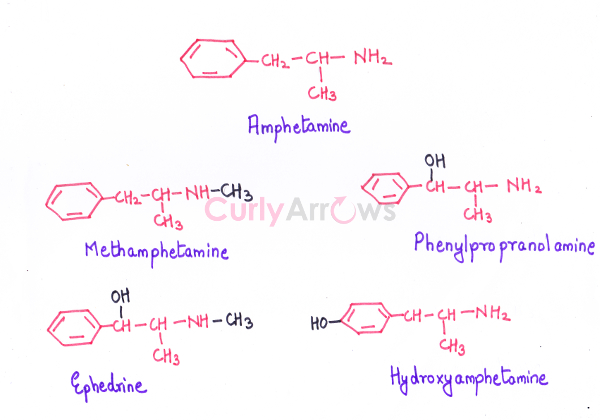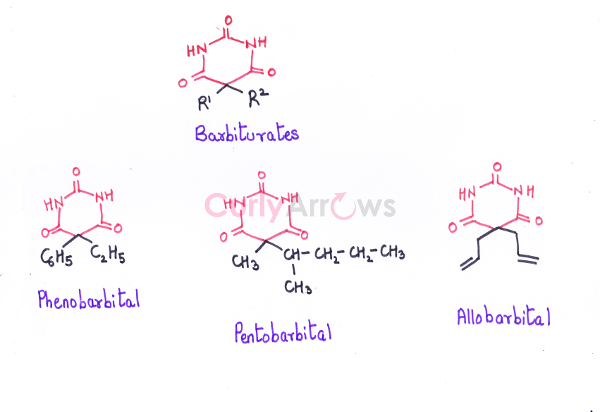Drugs are small molecular weight compounds (<500) that in moderate doses show a therapeutic (beneficial) effect and in high doses show harmful effects. They interact with the macromolecular targets (carbohydrates, proteins, fats and nucleic acid) to produce a biological response.
A biological response is body's response to any foreign agent, in this case, the drugs. If the biological response to the drug is healing or an improvement in a pre-existing condition, the drugs are called as medicines. If the biological response to the drug is harmful and affects the health and well-being of the person, the drugs are called as poison. It is important to note that any beneficial drug in high doses is a poison.
Also, as the drugs are chemical agents, the practice of using drugs for therapy is called as chemotherapy.
Drugs can be broadly classified into four categories-
1) Based on the Pharmacological Effect
Pharmacology is the study of drugs, its action, and interaction on the human body. A pharmacological effect is an effect the drug manifests on the body. It is used to correct any complaint or an ailment.
For example, if a drug is categorized as Analgesics, the pharmacological effect that it shows on the body is to relieve pain. Such drugs can have different structures, various drug targets and mechanism of action and have various brand name but they all will show one pharmacological effect- painkiller.
Similarly, antidiabetic drugs are used lower blood glucose levels; antihypertensive drugs are used for treating hypertension, antibiotics are used to deal with an infection and so on.
2) Based on the Drug Action
Here the drugs are classified based on the actual target it is acting upon. For example, the action of the drug on an enzyme. Let’s assume that the enzyme is responsible for the conversion of substrate A to Product B. The drug will inhibit the enzyme thereby not allowing the conversion of A to B. So, the next set of reactions that was supposed to happen using product B as the starting material will be stopped, and the entire biochemical processes will be blocked. A biochemical process are the various chemical reactions that occur in the living being for its life and sustenance.
For example, histamines are the natural agents produced in the body when an area of the body is inflamed (pain, redness, swelling, hot) in response to any injury, infection or allergies. It is an immune response produced by the body. The antihistamine drugs act on the biochemical pathway that synthesizes histamine in the body and blocks its production such that there is a decrease in inflammation and allergies.
Another example is protease inhibitors. Protease inhibitors are antiviral drugs that act on the protease enzyme present in the virus and deactivates it. Protease enzyme is responsible for the virus cell replication. The protease inhibitors are used in the treatment of viral diseases such as HIV/AIDS and Hepatitis C.
A Drug molecule can, therefore, be classified based on the biochemical pathway it is acting upon.
3) Based on chemical structure
Certain drug molecules share a similarity in their structure and often show similar pharmacological effects.
Examples of drugs showing similar structure are:
Sulfonamides - used as antibiotics.

Amphetamines are employed in the treatment of Central Nervous System disorders.

Barbiturates are utilized in the treatment of anxiety and sleep disorders.

4) Based on Molecular Targets
This category relies on the type of biomolecule/macro molecule the drug target is; whether it is acting on a carbohydrate, lipid, protein or a nucleic acid.
Commonly seen drug targets are:
Lipid- Cell Membrane Lipids Target
Proteins- Receptors, Enzymes, Carrier Proteins, Structural Proteins
Nucleic acids- DNA, RNA
Carbohydrates- Cell surface carbohydrates, Antigen and Recognition molecules
Drugs possessing common structural features usually have the same mechanism of action on targets. For example, Sulfonamides are antibacterial agents that inhibit the synthesis of nucleic acid in bacteria. It does so by acting on the enzyme dihydropteroate synthetase that is essential for the synthesis of the bacterial DNA. With no starting material available for the nucleic acid synthesis, the bacterial growth and replication are abruptly stopped, and the drug shows bacteriostatic effect.
From the above example, the entire four categories of drug classification can be summarized below as:
1) Sulfonamides- classification based on structure
2) Antibacterial agents- classification based on pharmacological effect
3) Inhibitor of nucleic acid synthesis- classification based on drug target
4) Dihydropteroate synthetase inhibitor- Classification based on drug action
.png)